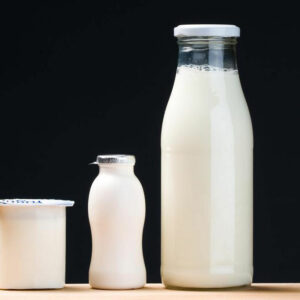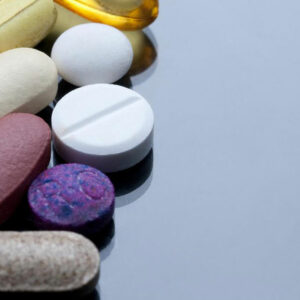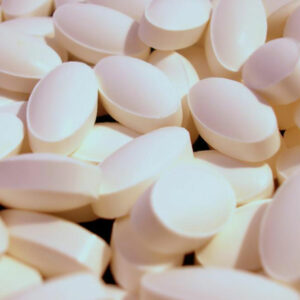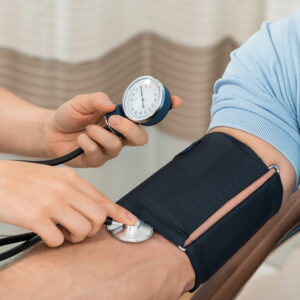
01
Probiotics – What you need to know about them
Recently, there has been a lot of hype on the role of probiotics in promoting health. Almost everyone with a digestive problem is prescribed probiotics. They are essentially bacteria which are good for your health. Probiotics contain good bacteria that are very similar to the bacteria found in the human gut. Certain types of bacteria like lactobacillus and bifidobacteria are present in the intestinal flora and the gut lining. The lower digestive tract is home to complex and varied strains of healthy bacteria that are more in number than the cells in one’s body. These healthy bacteria help with digestion of food and also enhance immunity against infections. What are probiotics made of? They are foods that contain bacterial strains having similar properties as the healthy bacteria present in the intestinal lining. FDA regulations treat probiotics as foods and not medications. Probiotic foods Infection of the intestinal tract or consumption of an unhealthy diet that destroys healthy bacteria in the gut generates more “bad” bacteria than “good” bacteria. This imbalance may lead to weight gain, diarrhea, constipation, and other chronic health conditions. Probiotics are prescribed to restore the balance. Popular natural foods containing probiotics are as follows: Certain yogurts Yogurt is the most popular source of probiotics. Yogurt is known to ease out lactose intolerance. Other digestive issues like diarrhea, gastric trouble, and constipation can be eased out by consuming yogurt. Some types of cheese Fermented cheese like Gouda is loaded with probiotics. Compared with other types of cheese, Gouda cheese is robust enough to retain probiotics all through the journey from the stomach to intestines. Sourdough bread This bread packs consist of probiotics that enhance digestion. Sauerkraut The unpasteurized type of sauerkraut is the best way to retain good bacteria in sauerkraut. Pasteurization process kills the good bacteria, hence, unpasteurized sauerkraut is the best source of probiotics.
Read More 










